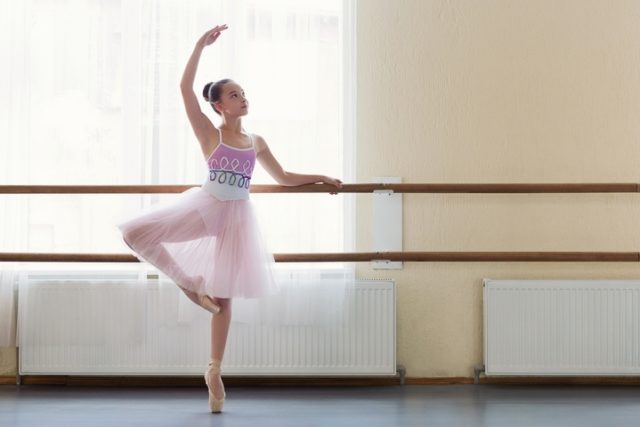Any dance studio or proper rehearsal space, whether professional or purely recreational, requires a good setup of ballet barres. These specially designed accessories are an essential tool for warm-up and stretching exercises, as they facilitate increased blood flow to the muscles and help improve flexibility.
Performing adequate warm-up exercises is crucial to preventing or decreasing the risk of injury once the dancer has taken to the dance floor. Therefore, finding the right selection among the various options of ballet barres to meet your studio or space needs is of the upmost importance.
1. Freestanding ballet barres
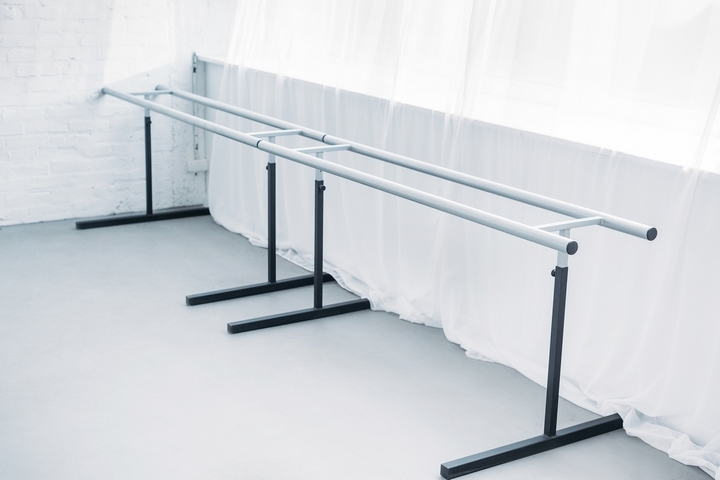
Freestanding ballet barres offer the most versatility of any type of ballet barre you will find. They are typically designed to be lightweight and portable, while having been engineered to provide reliable stability. You probably want to look for a set that are constructed from anodizes aluminum, as they will be easy to move around yet are extremely durable.
Freestanding barres are also great because they offer a range of set-up possibilities and can be combined in various formations thanks to extra components. Just make sure that any set you get has adjustable feet for stability on uneven floors.
2. Single wall-mounted ballet barres
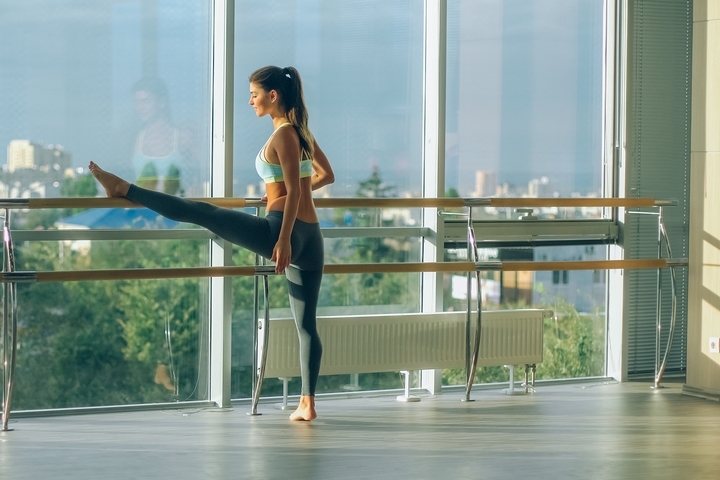
Wall-mounted ballet barres offer a more permanent and secure option. They are ideal in a space that is going to be used exclusively for dance lessons or rehearsal, of where the walls will not be required for any other use. They will typically come as brackets supplied with screws that can be mounted at any height and set to be a standard 21sm from the wall to the center of the barre.
Look for wall-mounted bars that can be joined inside the bracket heads to hide the joints and give the impression of a continuous length of barre. For example, one which extends the length of the studio wall.
3. Double wall-mounted ballet barres
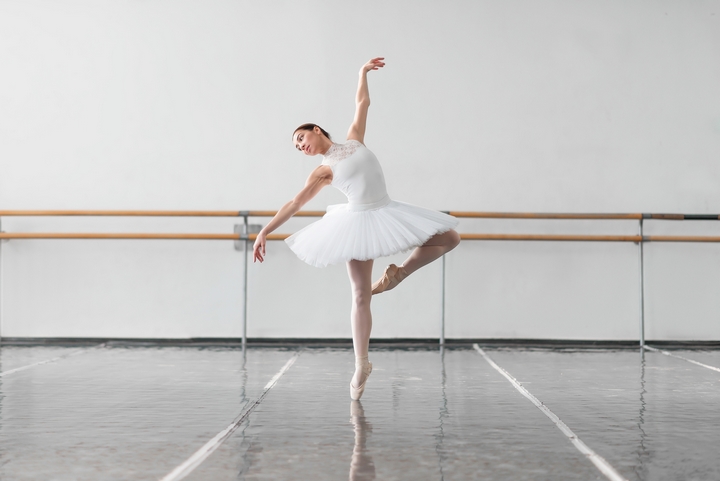
Double wall-mounted ballet barres work the same and single barres, but they offer two different heights. Double bars can be required for certain warm-up exercises and can be very useful if dancers of various heights are going to be using the barres for training. Like single wall-mounted ballet barres, you want these to be securely anchored to wood studs or wall blocking. Typically, double wall-mounted ballet barres are spaced 20cm apart, center to center.
4. Floor-mounted ballet barres
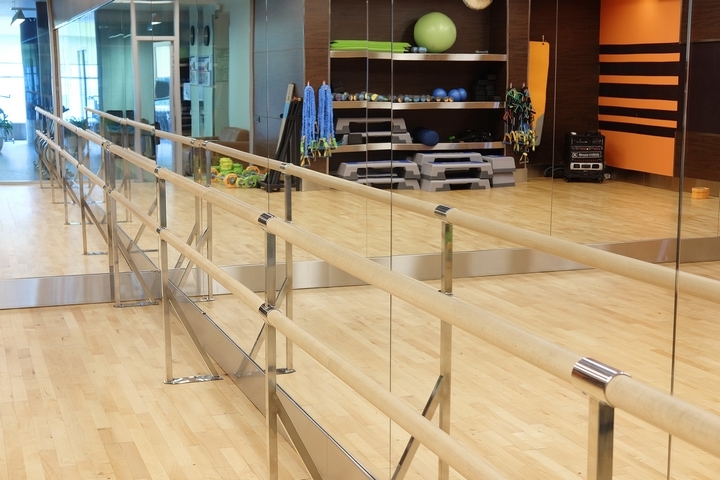
Due to the fact that there are many occasions when it is simply not possible to fix ballet barre brackets onto a wall, floor-mounted ballet barres offer a nice alternative. If there is a mirror in front, or the wall in simply not suitable to accept fixings, floor-mounted ballet barres still offer a nice permanent solution that offers complete stability and is aesthetically pleasing.
Of course, it is important what kind of floor this type of barre is being installed to, so make sure you know the details of your space before you begin shopping around.
5. Custom ballet barres
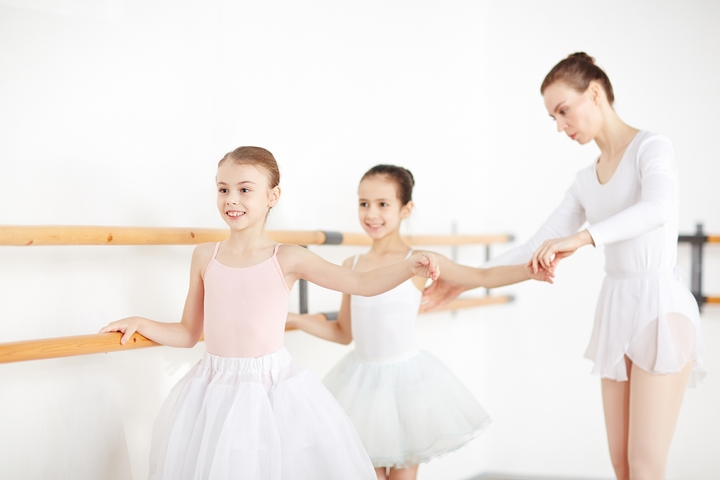
If you’re opting for a more permanent solution like wall- or floor-mounted ballet barres, you want to make sure that you’re going to enjoy how the barres look in the space for many years to come. When choosing the bracket or stand, black or chrome plated are the most popular as they tend to look good in any space.
Maple is the most common material choice for the barres themselves, due to its durability yet elegant appearance. If you’re looking for something custom, you may have to do some shopping around. But keep in mind that the ideally the ballet barres won’t draw too much attention themselves, you want all eyes to be on the dancers!

